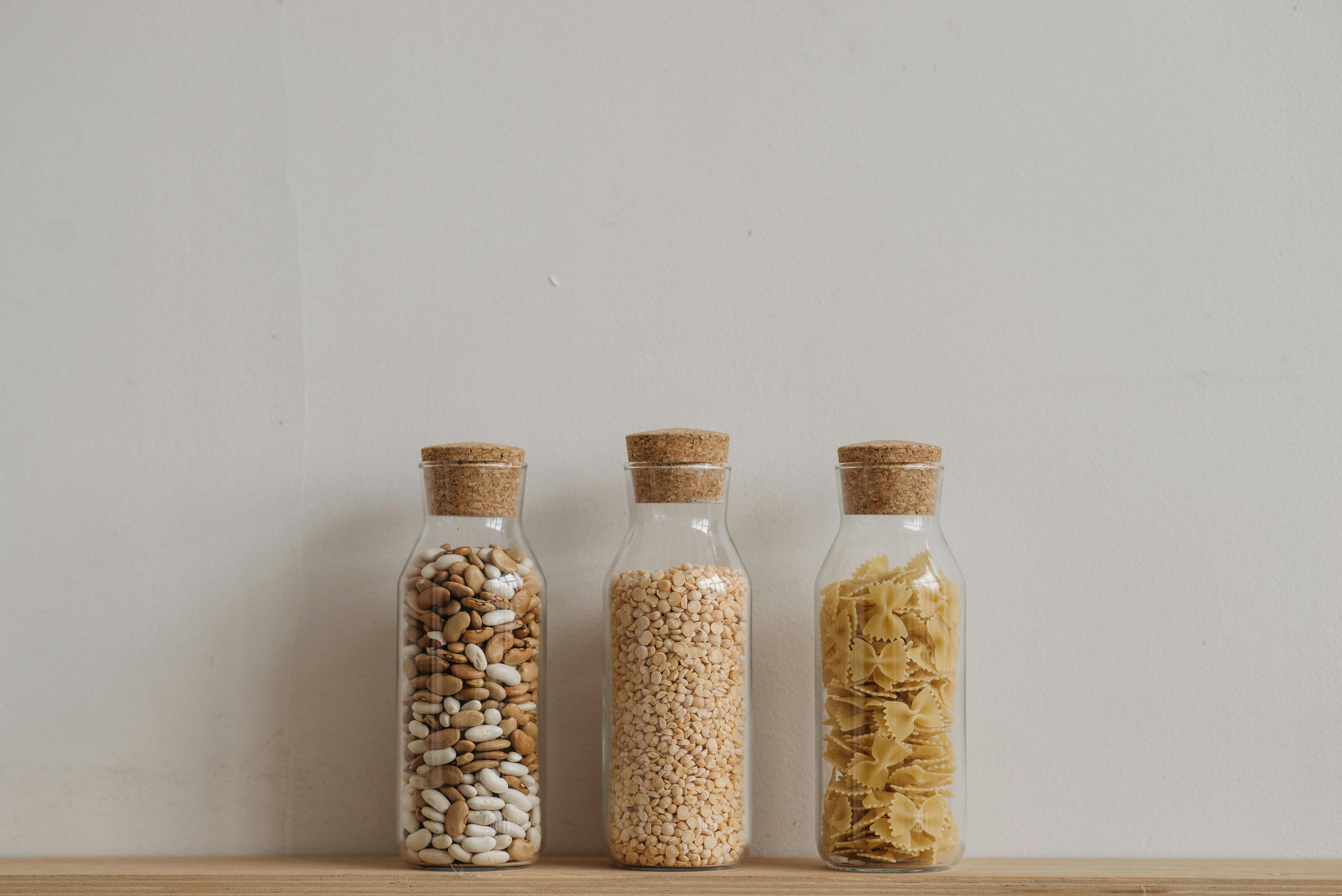
Steel Mesh Sculpture
The variety of media used to create sculpture has expanded in the last century. However, traditional reduction and addition methods still dominate the creative process. This includes carving, modeling, welding, casting, and collage. Within the artistic community there is a new process confined to the manipulation of the surface of the steel mesh medium. This modern medium is being used to capture the shape and movement of subjects through the interpretation of its unique open surface and elastic properties.
The steel mesh bends, presses, stretches, and twists in ways that ignore the typical mass found in most sculptures, while maintaining the visual feel of volume. Its open surface texture fills with air and smoothness creating a feeling of weightlessness. While the interaction of the mesh with the light develops depth, the resulting shadow creates an interplay between the two images that enhances the movement of the sculpture. The hard steel surface of the sculpture becomes flexible. The shadow becomes a sharp-edged drawing that reflects the original shape.
Many artists using this medium continue to work within the framework of traditional figurative art. They employ the use of a model and create gestural sculptures that define the form in new relationships with the space they occupy. The masses associated with the traditional proportions of the figure are exploited in ways that combine the sculpture in planes that enhance the anatomical structure.
Thanks to the open mesh, they can explore underlying muscle tension and movement in relation to the implicit mass of the figure. The shadows created by these sculptures appear in three dimensions, complementing the original structure of the art. Seen together, they are a dance of form and movement that has not been seen in traditional carving or modeling.
The abstract forms created in steel mesh have opened visual planes that are normally lost in the observation of traditional sculpture. The inherent open nature of the material allows us to see the back and front of the pieces from a single point of view. As we move through the sculpture we maintain an almost cubist perception of the spatial elements. The planes of form move from the background to the foreground and vice versa, creating movement along the surface and through the mass of the sculpture.
The steel mesh allows the artist to play with the spatial elements in a way that moves the visual form from stationary concepts to dynamic concepts. No longer tied to the bulk of the medium, the concepts of light and shadow are integrated within the properties of the surface in a way that provides the viewer with a fresh and exciting exploration of this contemporary form of sculpture.



